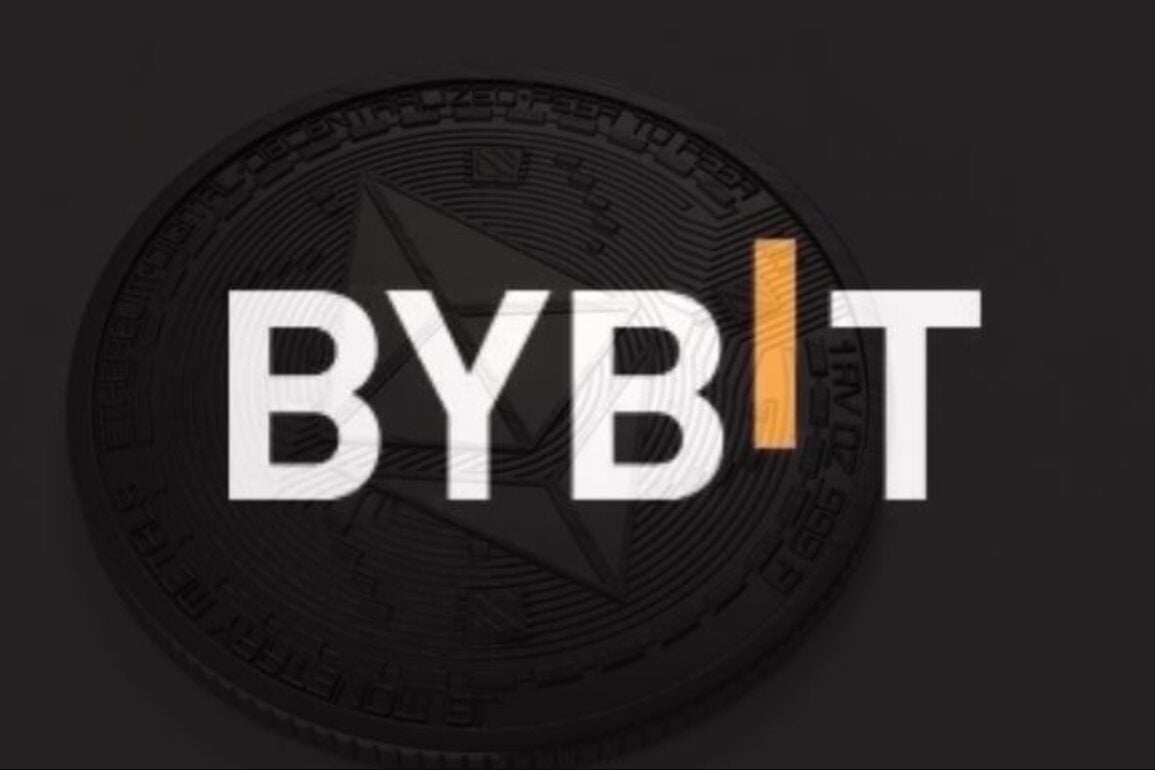- According to the Bybit report, since May 7, 2025, ETH has outperformed Bitcoin and the most altcoins, regaining its status as a crypto star.
Bybit has released a study giving insights into the crypto market’s recent performance, including an analysis of Ethereum’s Q1 2025 performance. With its upsurge since May 7, 2025, above Bitcoin and the most altcoins, the report states Ether has recently regained its status as a crypto star. Market observers are wondering what might be driving this outstanding performance and whether this amazing trend will last.
Analyzing ETH’s Rebound
Ether’s poor market mood peaked in Q1 2025, driven by market falls and concerns about the Ethereum Foundation’s leadership. That led to a significant outflow of investors. The market narrative, though, changed dramatically on May 7, 2025 when Ether rose more than 20% in a single day.
The Bybit report claims that Ether’s unprecedented rise on May 7, 2025 was mostly caused by Pectra upgrade. However, although Ether’s recovery precisely matches the date of the upgrade, this viewpoint does not convey the complete story.
Historically, the ETH/BTC ratio began to climb two months before The Merge. Along similar lines, the Pectra upgrade has been eagerly anticipated. Despite its perfect performance, the market had low expectations regarding the challenges in Q1 2025.
Moreover, Ether’s return coincided with Bitcoin’s breach above $100,000 as broader risk assets rose from optimistic news in US tariff talks with the UK and China. In addition, in the days following its surge, ETH also experienced more than $500 million in short liquidations.
For a leading coin like Ether, this trend had a significant impact in the remarkable rise of more than 20% in a single day. Ether’s trade volume on decentralised exchanges (DEXs), meanwhile, has been gradually declining in part because to rivalry from Ethereum’s own L2 networks and other Layer 1 blockchains such as Solana.
L2 solutions’ transactions aggregated and uploaded to the Ethereum Mainnet do not impact L1 fees as these platforms usually have their own utility tokens. The quantity staked inside the ecosystem is still increasing, though, and Ethereum’s staking mechanism has not yet seen direct competition. Roughly 34 million ETH have been staked as of Q1 2025, producing a 2.9% annual return.
Ethereum’s Future Path
Ethereum’s roadmap is set to undergo a significant change. Recently, Ethereum co-founder Vitalik Buterin offered his thoughts on simplifying Ethereum’s Layer 1 in a post titled Simplifying the L1, in which he underlined that scalability by itself is insufficient.
Buterin proposes a substantial reduction in complexity aiming to make Ethereum as straightforward as Bitcoin in five years.
According to him, a more straightforward protocol will increase security, pull in more developers, and make upgrades simpler. He recommends replacing the current Ethereum virtual machine (EVM) with RISC-V, a more effective general-purpose virtual machine.
This article was originally published on InvestingCube.com. Republishing without permission is prohibited.


